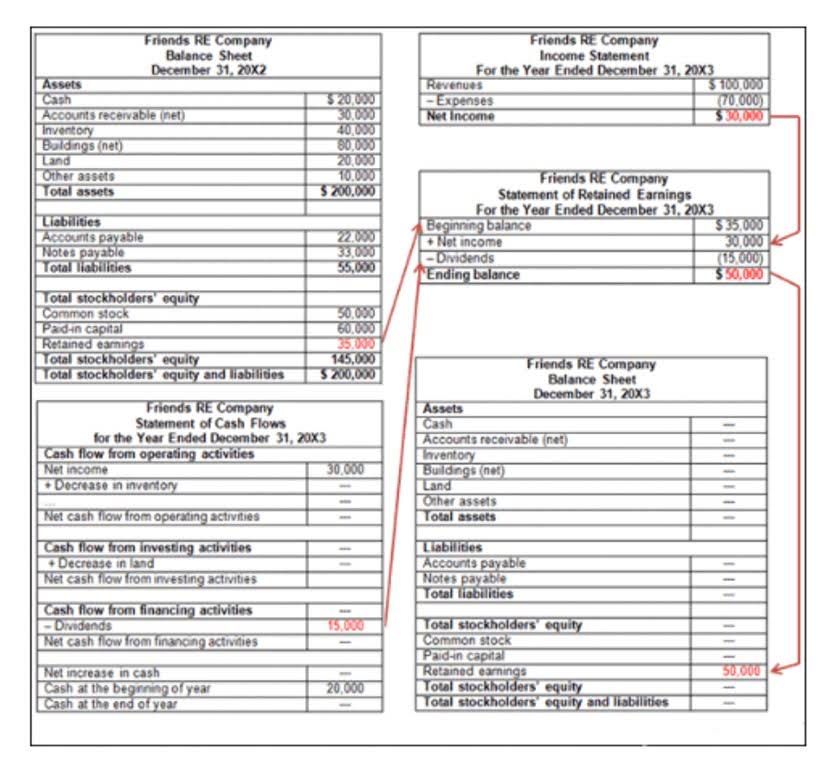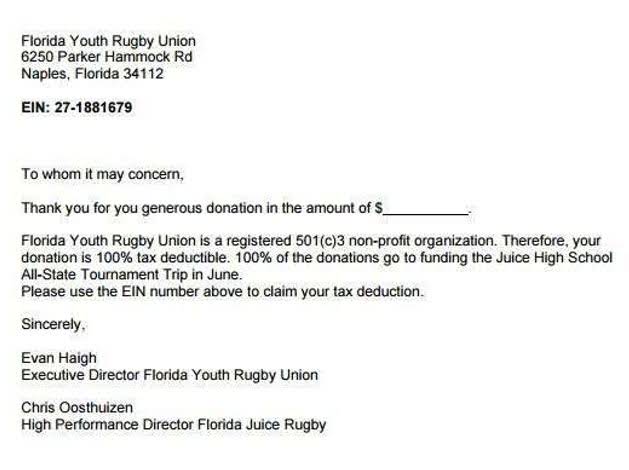
By streamlining processes with a data-driven approach, businesses can bolster their gross margin in terms of reducing costs and improving productivity levels overall. The importance of gross margin in business cannot be overstated, as it is a vital indicator of financial performance and profitability. In this article, we’ll dive into the definition, examples, formula, and how to calculate gross margin effectively—ultimately helping you unlock your company’s true earning potential.
What business has the highest profit margin?
The COGS, also known as the cost of sales, is the amount it costs a company to produce the goods or services that it sells. Gross profit margin effectively measures the overall financial health and efficiency of your business, determining the amount of profit left over after direct production costs gross margin accounting have been subtracted. The gross profit margin ratio analysis is a financial health indicator for a firm. It informs investors how much gross profit a firm earns for every dollar of revenue. For example, a smaller margin compared to the industry average might suggest that a firm is underpricing.

Gross Margin: Definition, Example, Formula, and How to Calculate
This profitability ratio evaluates the strength of a company’s sales performance in relation to production costs. Divide that figure by the total revenue and multiply it by 100 to get the gross margin. Gross margin is the percentage of a company’s revenue that’s retained after direct expenses such as labor and materials have been subtracted. It’s an important profitability measure that looks at a company’s gross profit as compared to its revenue.
How Gross Profit Margin Works

Both components of the formula (i.e., gross profit and net sales) are usually available from the trading and profit and loss account or income statement of the company. The net profit to gross profit ratio (NP to GP ratio) is an extension of the net profit ratio. If we deduct indirect expenses from the amount of gross profit, we arrive at net profit. In other words, gross profit is the sum of indirect expenses and net profit. Also, the gross profit margin can be computed as 1 − Cost of sales ratio. The gross profit method is an important concept because it shows management and investors how efficiently the business can produce and sell products.
- It can then use the revenue to pay other costs or satisfy debt obligations.
- The gross margin ratio, also known as the gross profit margin ratio, is a profitability ratio that compares a company’s gross margin to its sales.
- So, for example, a retail company’s profit margins shouldn’t be compared to those of an oil and gas company.
- When assessing a good gross margin, avoid comparing across industries and instead compare companies of similar size in the same industry.
- If Company ABC finds a way to manufacture its product at one-fifth of the cost, it will command a higher gross margin due to its reduced cost of goods sold.
Why You Can Trust Finance Strategists

Company A sells sheds and brings in a total of $50,000 for a given period. 11 Financial is a registered investment adviser located in Lufkin, Texas. 11 Financial may only transact business in those states in which it is registered, or qualifies for an exemption or exclusion from registration requirements. Monica owns a clothing business that designs and manufactures high-end clothing for children.
Gross profit margin is a type of profit margin where the cost of goods sold is subtracted from total revenue. It’s the most straightforward measure of profit margin and shows how much money a company retains after accounting for the cost of the goods. The gross profit ratio is a measure of the efficiency of production/purchasing as well as pricing. The higher the gross profit, the greater the efficiency of management in relation to production/purchasing and pricing. Calculating a company’s gross margin involves dividing its gross profit by the revenue in the matching period. Gross margin is calculated by first subtracting COGS from revenue to arrive at gross profit, and then dividing that number by revenue to determine the gross margin.
The gross profit margin compares gross profit to total revenue, reflecting the percentage of each revenue dollar that is retained as profit after paying for the cost of production. Gross margin and profit margin are profitability ratios used to assess the financial health of a company. Both gross profit margin and profit margin—more commonly known as net profit margin—measure the profitability of a company as compared to the revenue generated for a period.

The gross profit ratio (or gross profit margin) shows the gross profit as a percentage of net sales. The gross margin is the portion of revenue a company maintains after deducting the costs of producing its goods or services, expressed as a percentage. It’s useful for evaluating the strength of sales compared to production costs. A company’s operating profit margin or operating profit indicates how much profit it generates from its core operations after accounting for all operating expenses.
